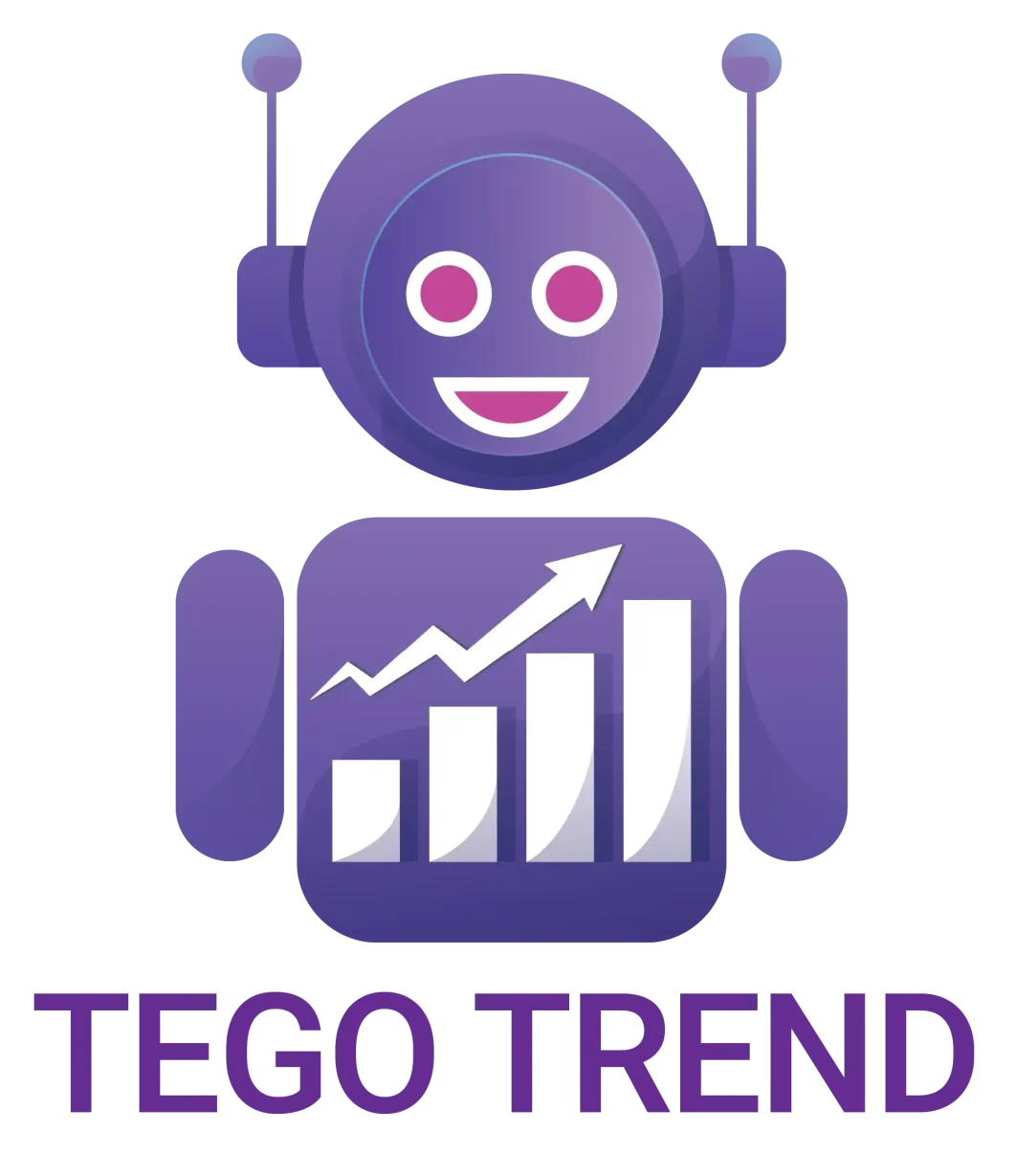The Role of Quantitative Analysis in Developing Algo Trading Strategies: Tools and Applications
What is Quantitative Analysis?
Quantitative analysis is the use of mathematical and statistical models to understand market behavior and make informed trading decisions. This analysis primarily relies on historical financial market data and applies equations to build successful trading strategies. In Algo trading, quantitative analysis is one of the main tools that professional traders use to extract important information from the vast amounts of data available in financial markets. Thanks to advanced equations and mathematical models, traders can evaluate the market in a precise manner that helps them determine the optimal timing for buying or selling assets.
The Importance of Quantitative Analysis
Quantitative analysis provides traders with a systematic and data-driven approach to market analysis. It helps identify recurring patterns in price movements and discover future trends.
Whether you are a beginner in the trading world or an experienced trader, using quantitative methods allows you to make decisions based on facts rather than guesswork or emotions.
Through quantitative analysis, the impact of emotions during trading can be minimized, which can lead to uncalculated decisions.
Instead of making random decisions, you rely on precise numbers and real market data analysis, increasing the chances of improving the overall performance of your trading strategies.
Quantitative analysis is not just a tool to help traders make data-driven trading decisions; it is also an effective means of eliminating the influence of psychological factors and emotions that may lead to ill-considered decisions.
When applied correctly, quantitative analysis can provide accurate results that help improve decision-making and achieve more sustainable gains.
Key Factors in Quantitative Analysis
Quantitative analysis strategies rely on various mathematical and statistical factors applied to market data. While there are many such factors, today we will discuss two of them: the mean and standard deviation, and asset correlation.
1-Mean and Standard Deviation
The mean and standard deviation are fundamental tools used in quantitative analysis to assess price movements and understand market volatility.
Mean:
The mean is simply the average value of a series of numbers. In the context of trading, the mean is used to calculate the average price of a particular stock over a specified period. For example, if you want to know the average price of a stock over the past six months, you would sum all the daily prices and divide by the number of days.
Standard Deviation:
Standard deviation measures the degree of price volatility away from the mean. The higher the standard deviation, the greater the indication that prices are experiencing larger fluctuations. Conversely, if the standard deviation is low, it means that prices are relatively stable around the mean.
2-Asset Correlation
The correlation between assets is a measure of how two assets move together. For instance, if there is a high positive correlation between two stocks, it means they move in the same direction; when one rises, the other rises as well. If the correlation is negative, it means the assets move in opposite directions; when one asset rises, the other falls. Understanding asset correlation is crucial in quantitative analysis, as it helps traders reduce risk by diversifying investments across uncorrelated assets, thereby decreasing the likelihood of losses.
Quantitative Analysis Application in Trading
After understanding the fundamental factors in quantitative analysis, it is time to discuss how to apply these methods in Algo trading. Quantitative analysis is a powerful tool that enables you to build data-driven trading strategies and improve them through testing and adjustment.
1-Building a Quantitative Strategy
The first step in applying quantitative analysis is to build the strategy. This process begins with collecting the data you wish to analyze, such as prices, trading volumes, and economic indicators. After that, quantitative analysis tools like averages and standard deviations are applied to identify recurring patterns and correlations between assets. Building the strategy relies on defining precise criteria for entry and exit points in trades. These criteria may include specific signals based on certain prices or changes in trading volume.
2- Backtesting & Optimization
The second step in applying quantitative analysis is to test the strategy on historical data. This process is known as "backtesting." This step involves testing the developed strategy using past data to evaluate its performance. This helps in understanding how effective the strategy is under different market conditions. Backtesting is not just a means to see how the strategy performed; it is also a crucial step in optimizing it. After identifying the factors that influence the strategy's performance, you can begin to adjust these factors, such as the indicators used or the exit points from the trade, to improve the results.
How does quantitative analysis contribute to improving trading?
Quantitative analysis is not only a tool for predicting market trends, but it is also a means of reducing risks and enhancing strategies.
1. Data-driven decision-making: By using quantitative analysis tools, you can leverage the vast data available in financial markets to extract and analyze patterns in depth. This helps you make decisions based on facts and figures, thus reducing reliance on emotions or speculation.
2. Improving strategies and reducing risks: Quantitative analysis can help you improve your current strategies by analyzing data and backtesting past strategies. With these tools, you can identify weaknesses in your strategy and enhance them based on past performance.
3. Better risk management: Understanding the correlation between assets and distributing investments among uncorrelated assets helps in mitigating market risks. When investments are well diversified, the likelihood of overall loss in the event of significant market fluctuations decreases.
Challenges of quantitative analysis in trading
Despite the significant benefits that quantitative analysis offers, there are some challenges to consider when applying it to trading:
1. Complexity of tools and models: Quantitative analysis requires a deep understanding of mathematics and statistics, as well as the ability to handle large data sets and use appropriate software. Therefore, traders need to be prepared to use advanced tools and engage in continuous learning.
2. Need for accurate data: Quantitative analysis strategies rely on historical data, and any error in this data can lead to inaccurate outcomes that affect trading decisions.
3. Market volatility: Although quantitative analysis can provide accurate insights into market movements, there are unpredictable factors that can affect performance, such as global economic news or natural disasters that cannot be predicted using quantitative tools.
In conclusion, we can say that quantitative analysis is a strong foundation that helps traders build well-thought-out trading strategies based on data rather than emotions or guesswork. By using mathematical tools such as averages and standard deviations, and understanding asset correlations, you can enhance your strategy's performance and reduce risks.
The process doesn't stop at building the strategy; it also requires continuous testing and improvement to keep up with market changes. By correctly utilizing quantitative analysis, traders can achieve sustainable gains and minimize risks in trading.


